Regardless of what kind of NEC hazardous location you find you are working in, you will find some common ignition risks that need to be protected against. Since our central goal is to reduce the likelihood of fires or explosions, it is a good idea to know what can cause them. This way we can be as well-prepared as possible and ensure electrical hazardous location safety.
High Temperatures
Some types of equipment that you might use on a job site produce a lot of heat and this can be a significant risk in a hazardous location. In particular, lamps and lighting fixtures can get quite hot, especially if they use incandescent bulbs. Without proper measures these lights can get so hot they ignite certain materials. To reduce the danger of this happening, only use certified equipment such as inspection lamps, as these are designed so that they will not cause explosions.
Likewise, power tools of various sorts can also get quite hot and any metal parts can get hot enough to cause hazardous materials to catch fire or explode. As such, it is critical to practice common sense safety measures by refraining from using tools that cause a lot of heat and/or friction. For instance, a power drill and a circular saw are both power tools you don’t want to use in hazardous spaces as they produce enough heat to set flammable materials alight.
Arcing and Sparking
Arcs and sparks are other risks that you’ll have to be mindful of. In a non-hazardous space, plenty of devices produce sparks as part of normal operation. Your lightswitches can produce sparks, some power tools produce sparks, and automotive starter motors also produce sparks.
Outside of an electrical hazardous location, you don’t have to worry about this, but this is a central concern within a hazardous area. Any equipment that produces sparks can ignite a fire or detonate an explosion, and as such, should be kept well away from any hazardous locations in your house. So, for example, a fuel storage area is not the place for electrical sparks due to the heightened risk of ignition.
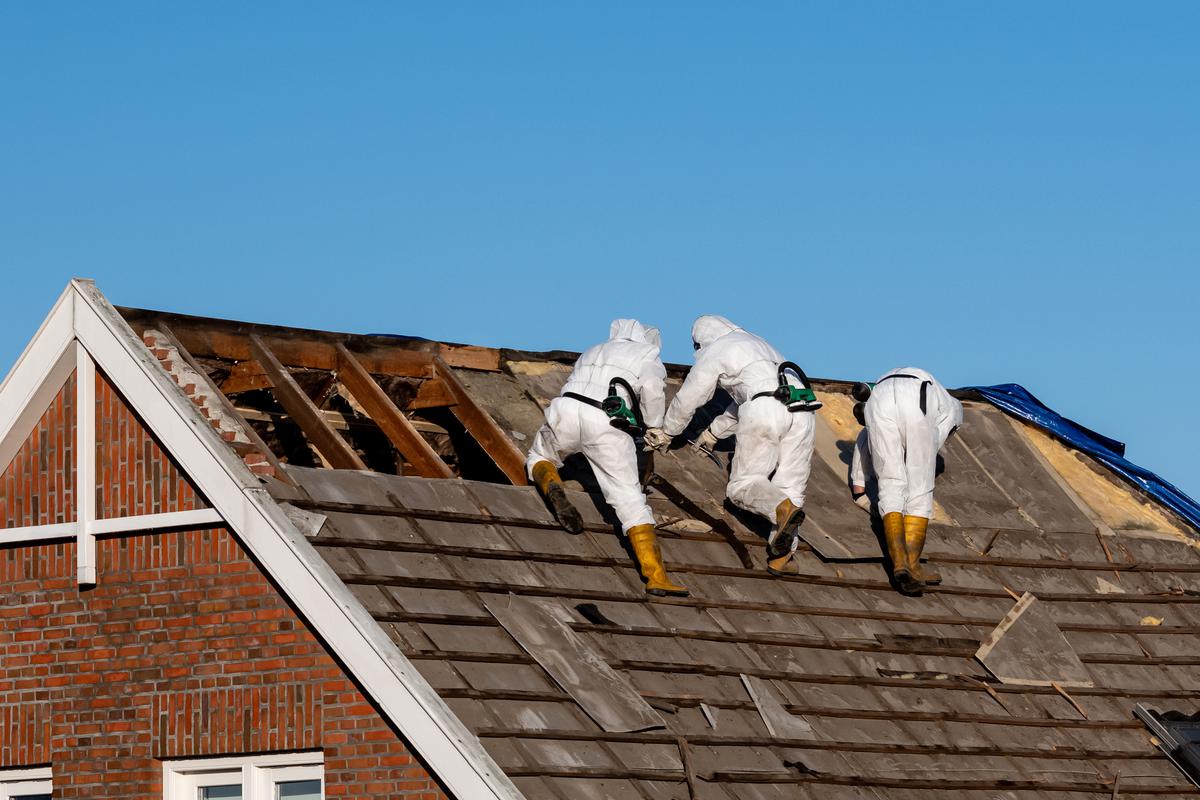
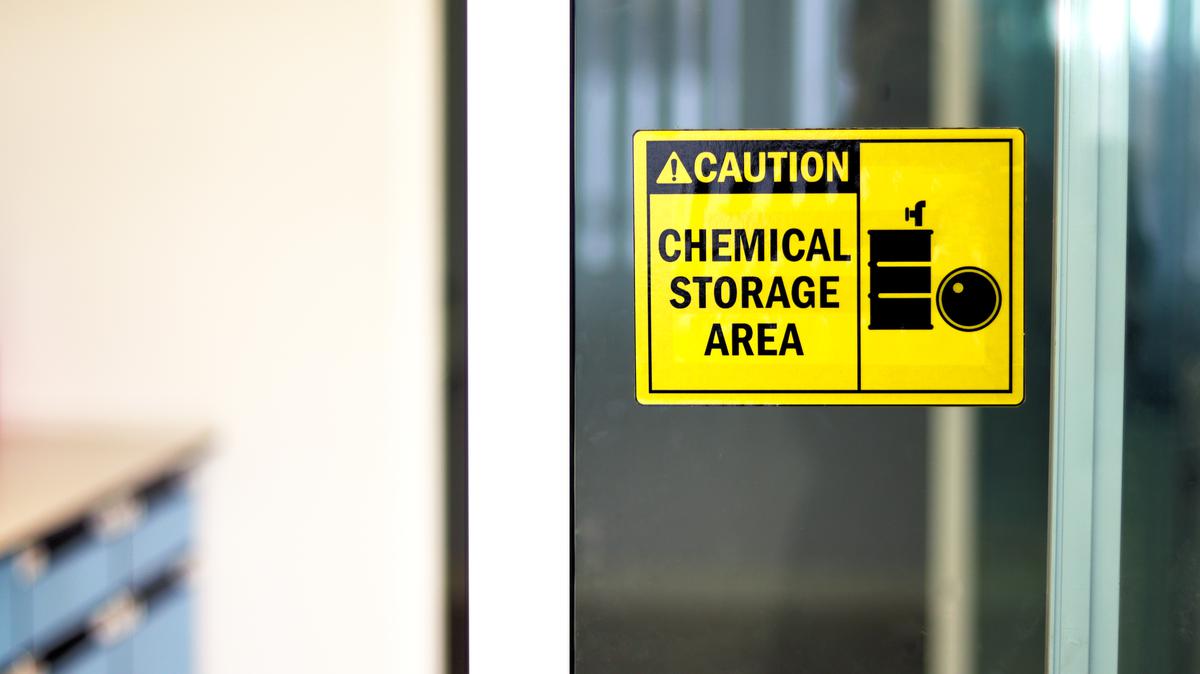
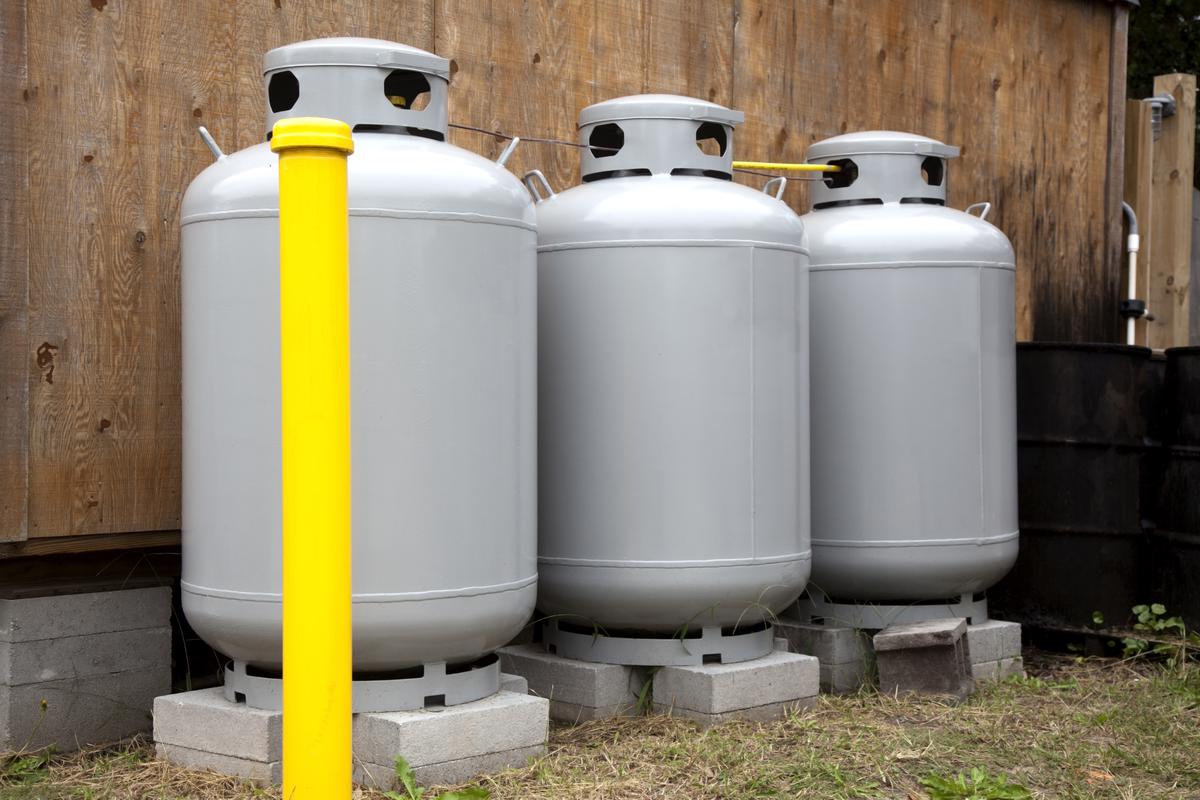
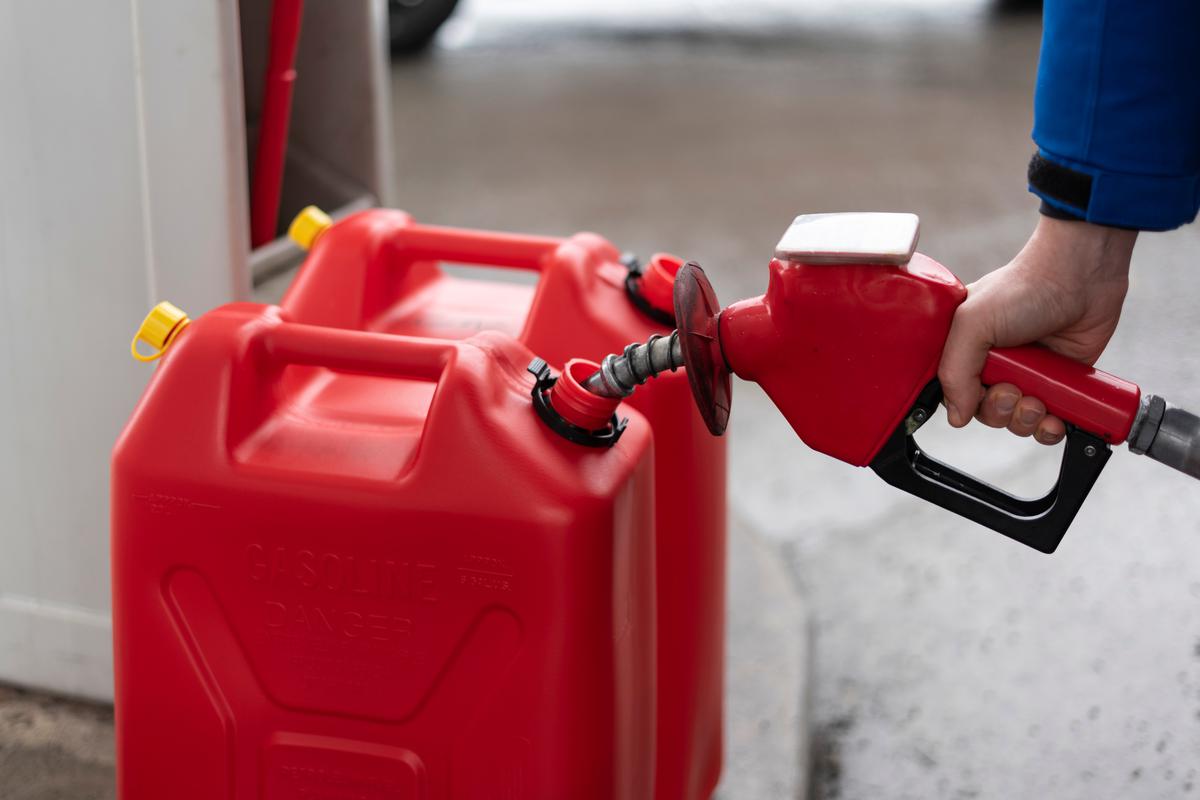

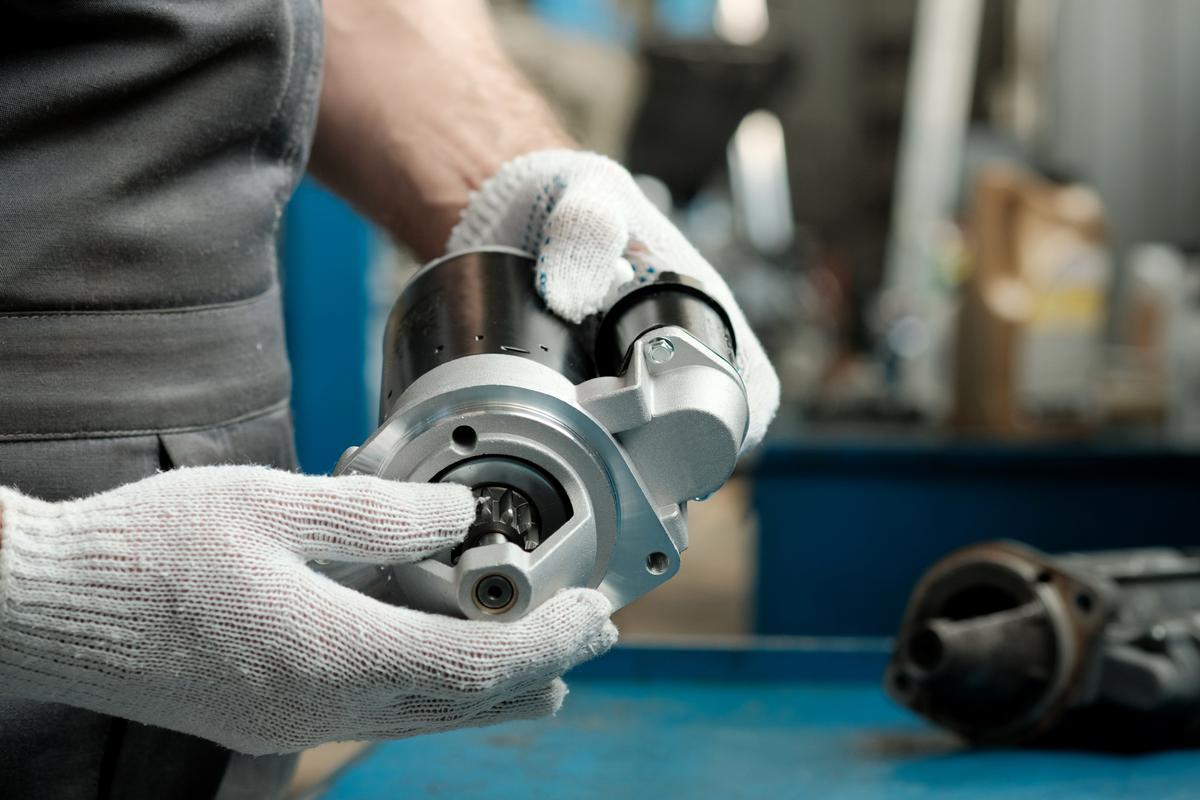
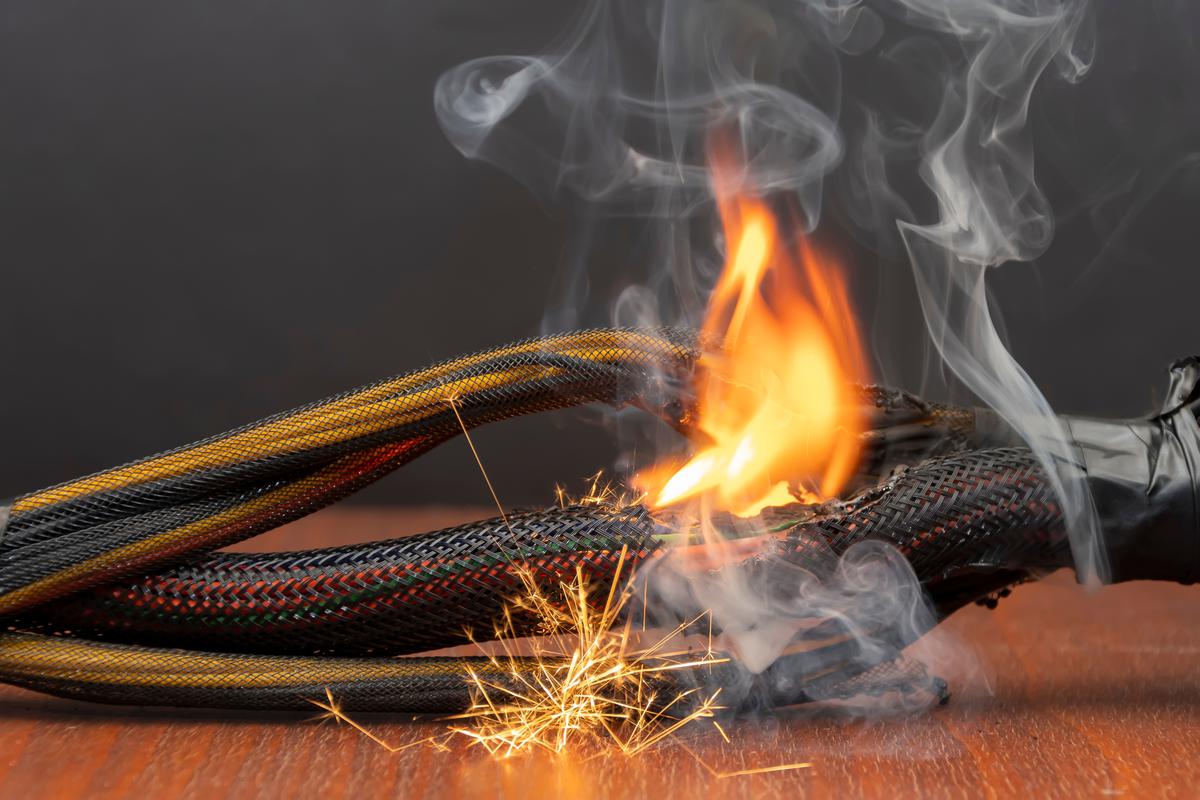
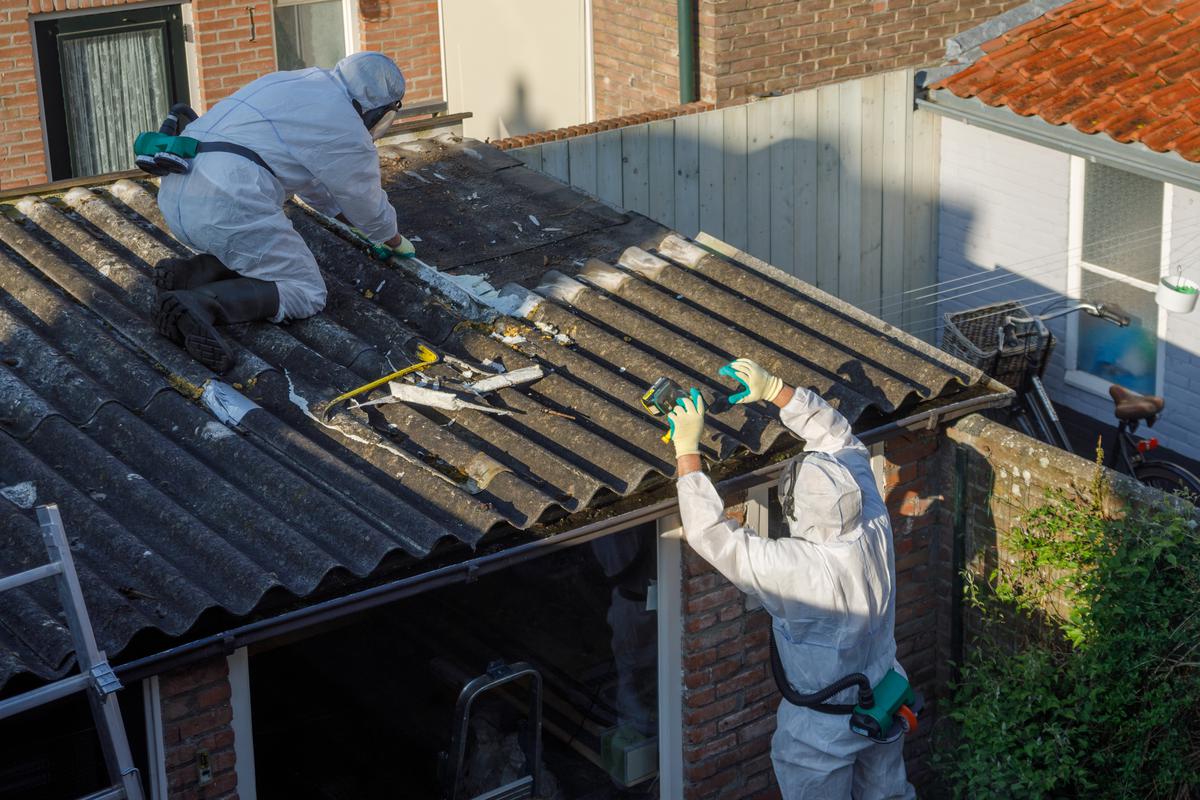
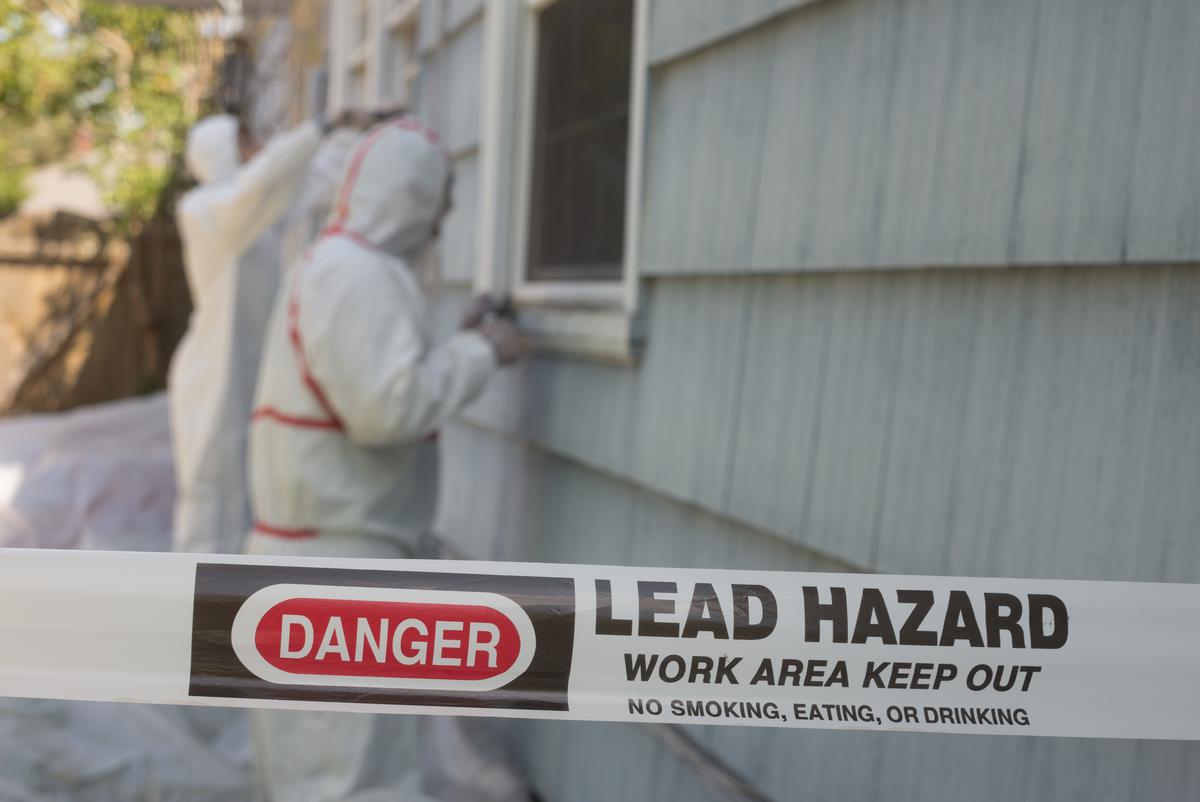
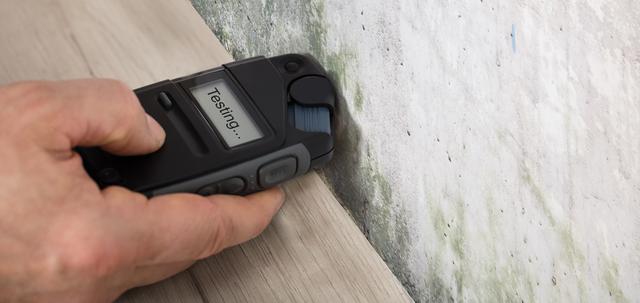
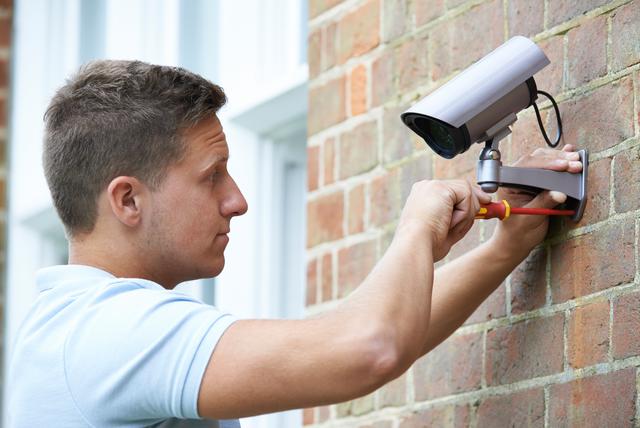
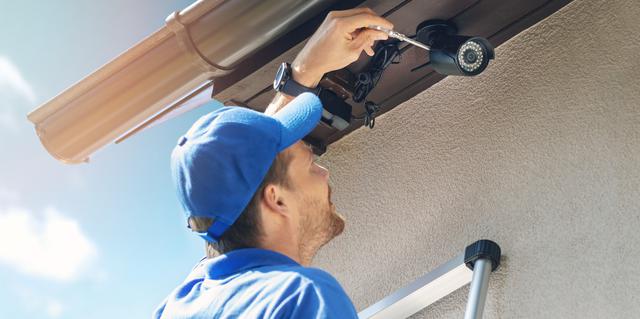

comments